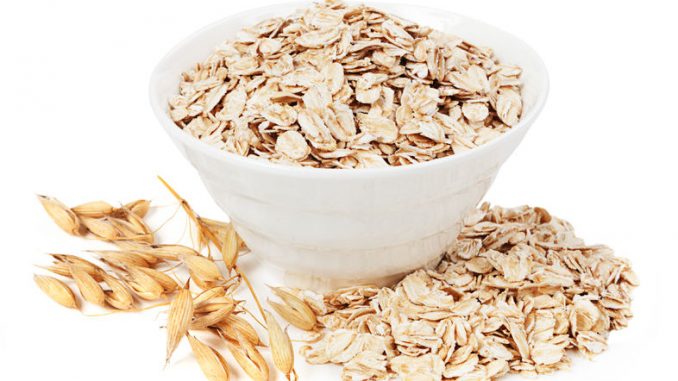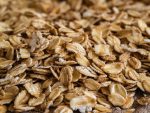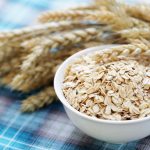
Why are oats and beta-glucan such ideal ingredients?
When it comes to product development especially in snack bars, barley, oats and beta-glucan make ideal ingredients. We’ve already highlighted the blood glucose lowering effects of beta-glucan from these grains but it also depends on how you receive the ingredient and that is where the food matrix comes in.
One relatively recent study looked at how varying the dose of beta-glucan from either oats or barley in a snack bar, influenced blood sugars levels i.e. postprandial glycaemia. In a randomised crossover study, 12 healthy males and females consumed one of eight snack bars containing no glucan, 1.5, 3 and 6g of beta-glucan, and each bar contained 50g of available carbohydrate. The control was to eat 3 slices of white bread. Blood glucose concentrations were measured after consumption over a 2 hour period.
The researchers found that ingestion of 1.5 to 6 g of beta-glucan into snack bars had no additional glucose lowering benefits compared to the control bar with no glucan. They showed that the solid matrix and composition of the bars played a role in their effect on glycaemic response. In all cases, consumption of the bars reduced blood glucose by an average of 25% compared to the mean of consuming just 3 white slices of bread.
Whilst this was a relatively small-scale study, it was evident that the type of product has a bearing on how the beneficial ingredient is delivered to the body – adding beta-glucan to a snack bar did not yield any additional benefits beyond the glucose-lowering effects of the snack bars themselves.
Reference
Panahi, S., Ezatagha, A., Jovanovski, E., Jenkins, A., Temelli, F., Vasanthan, T., & Vuksan, V. (2014). Glycemic effect of oat and barley beta-glucan when incorporated into a snack bar: A dose escalation study. Journal of the American College of Nutrition, 33(6), 442–449. doi:10.1080/07315724.2013.875366 [Taylor & Francis Online], [PubMed], [Web of Science ®]



Leave a Reply